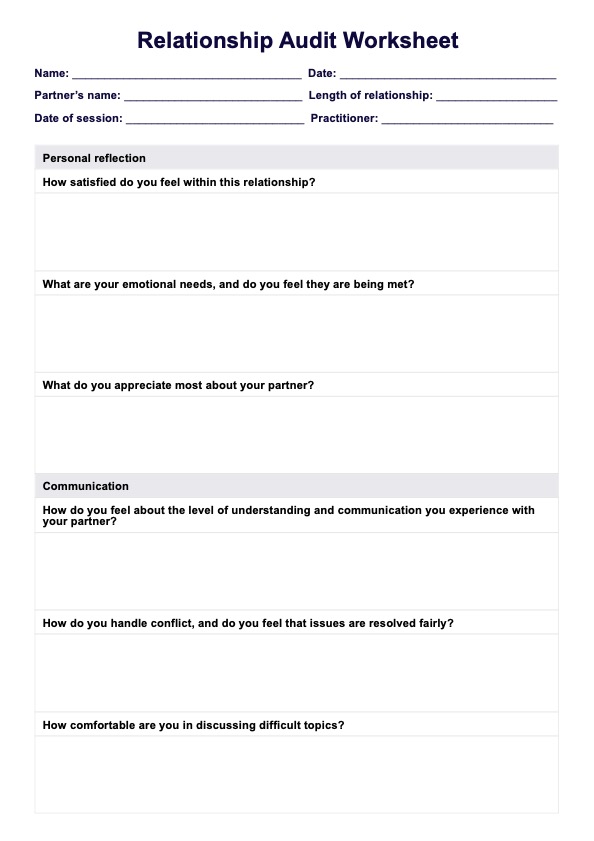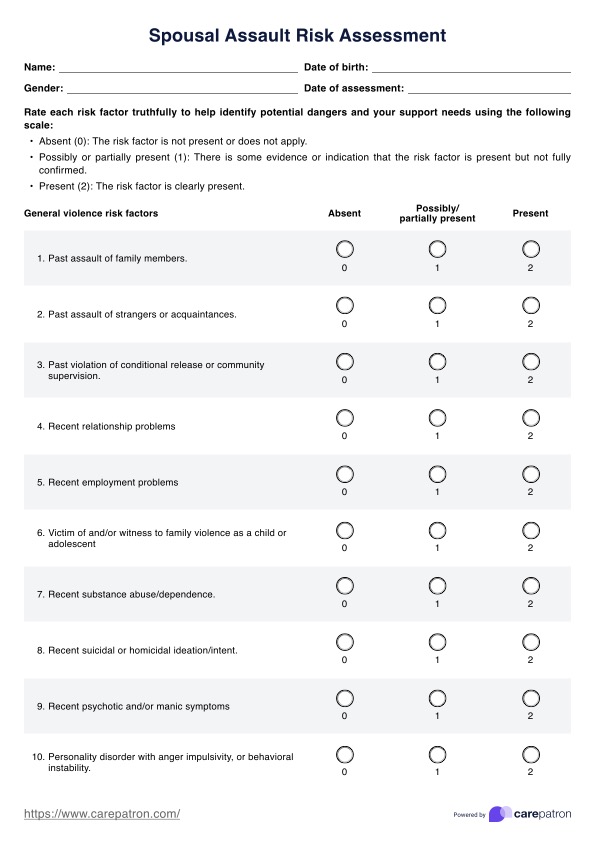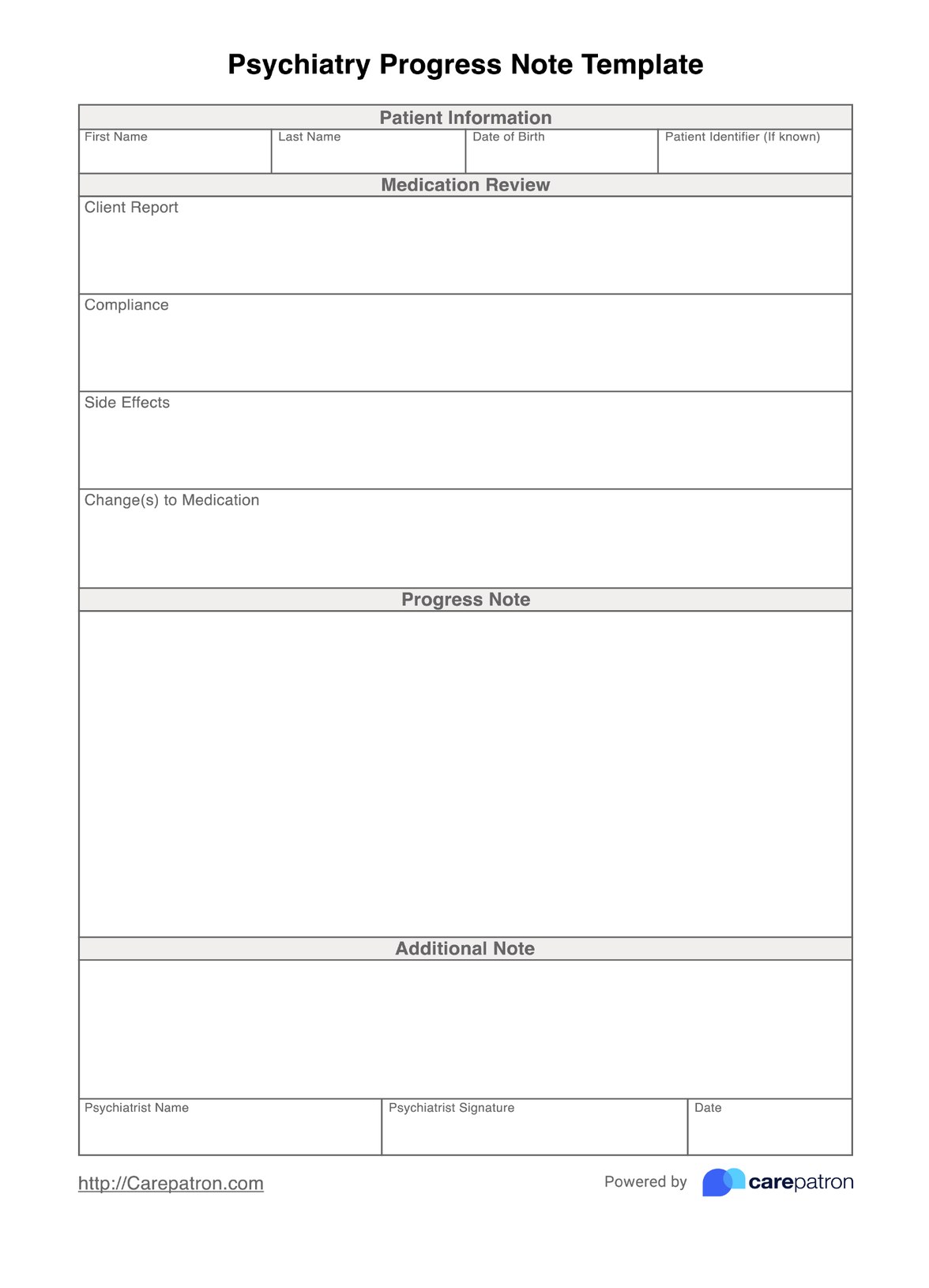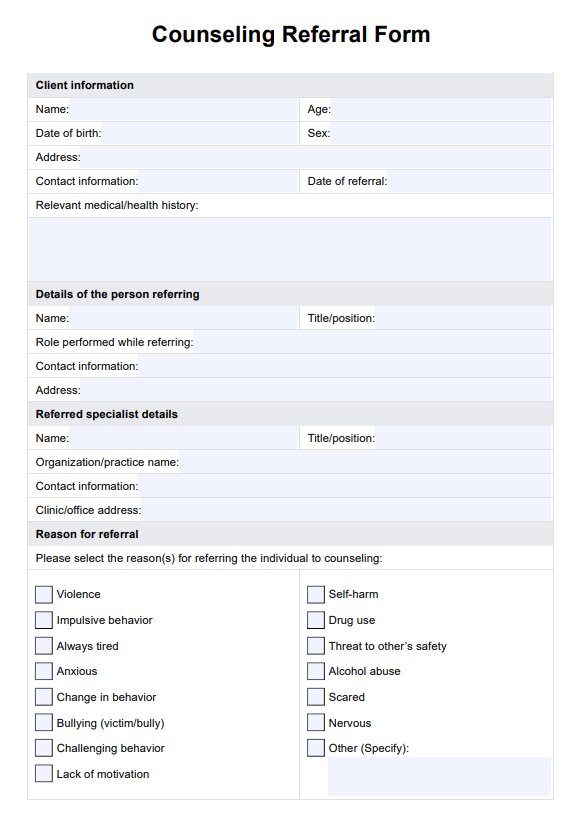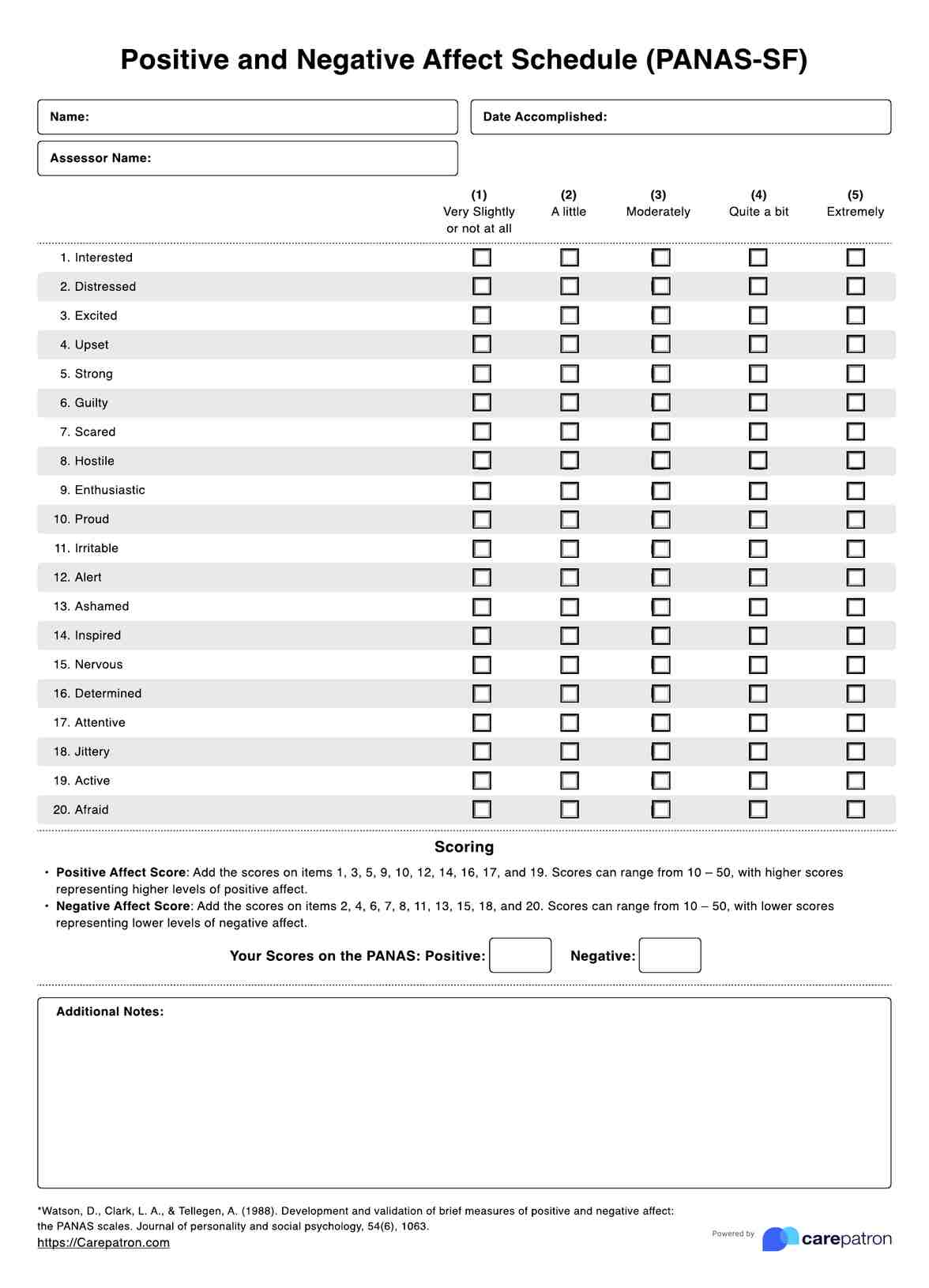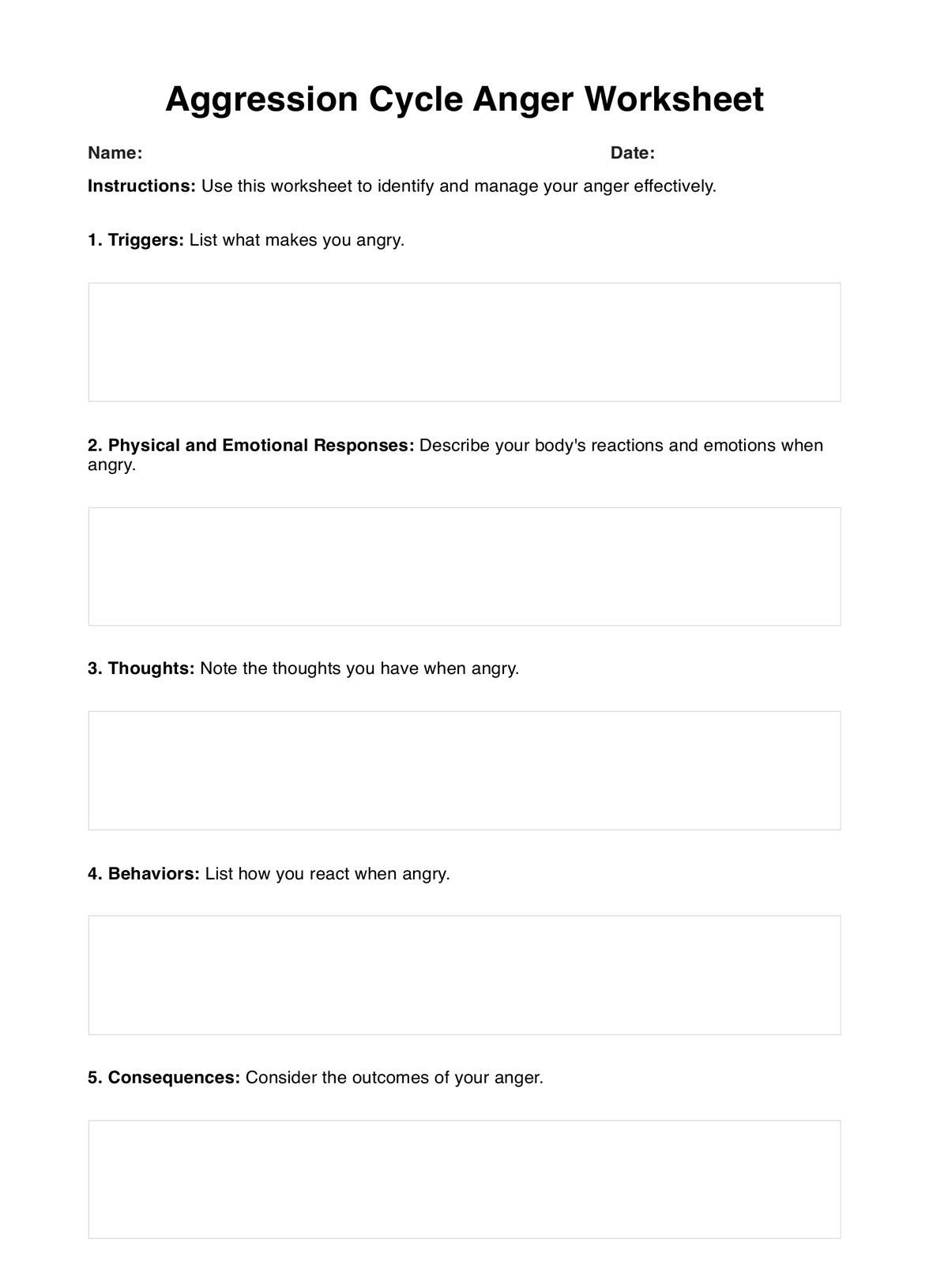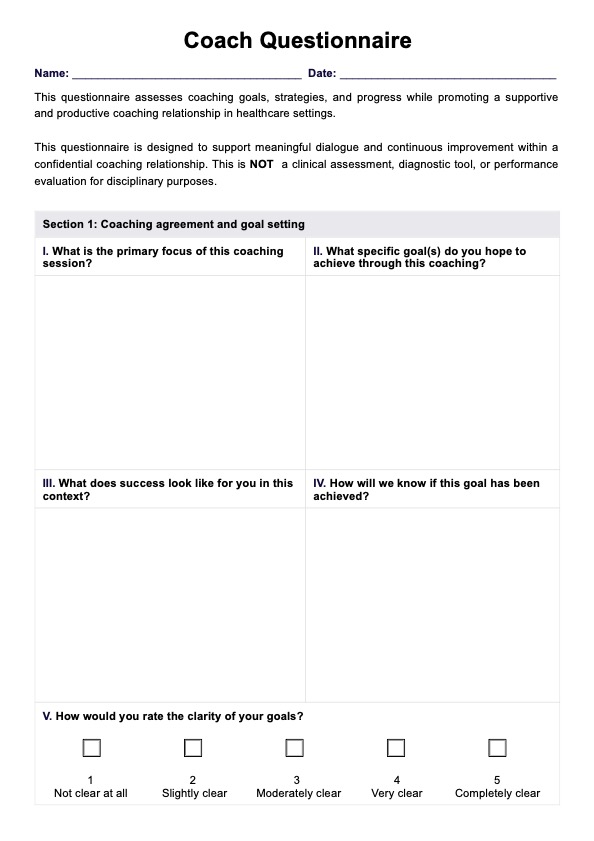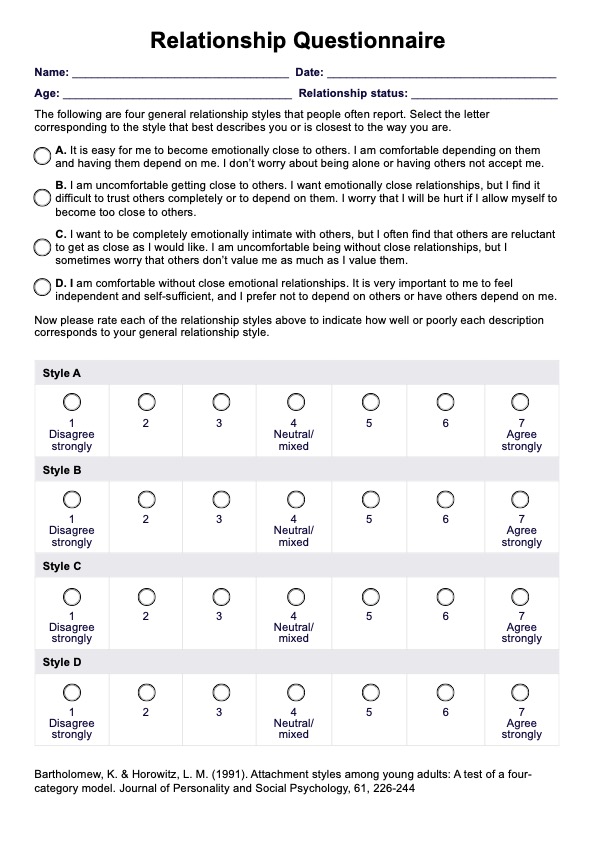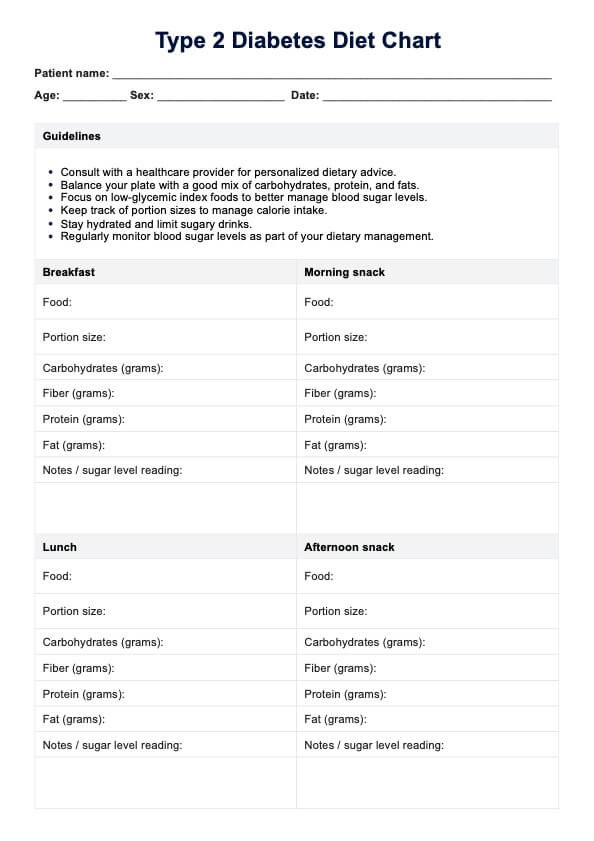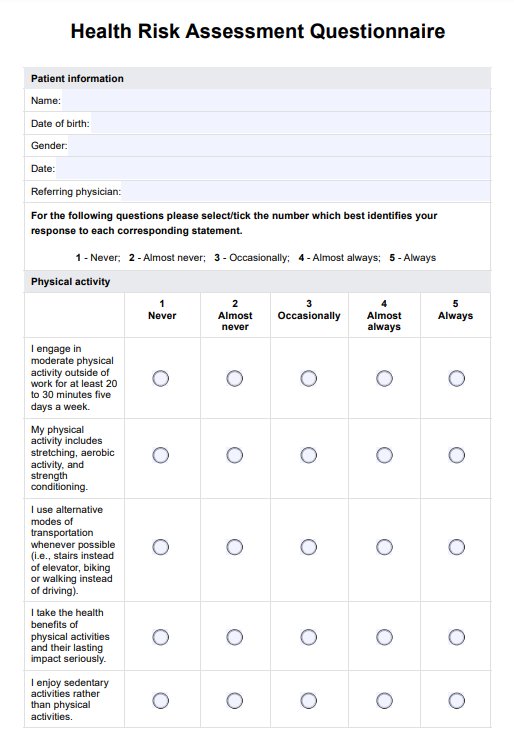Radical Forgiveness Worksheet
Unlock the power of Radical Forgiveness with our comprehensive worksheet. Guide your patients to healing and transformation with our template and guide.


What is radical forgiveness?
Radical forgiveness is a transformative approach to forgiveness that goes beyond traditional notions of merely letting go of anger or resentment. It's about seeing the situation from a higher perspective, understanding that everything happens for a reason, and that even the most painful experiences can lead to personal growth and healing.
The author Colin Tipping popularized this concept in his book "Radical Forgiveness: Making Room for the Miracle," where he presents the idea that radical forgiveness is not just about forgiving others, but also about releasing our own negative emotions and perceptions—self-forgiveness. The underlying principle of radical forgiveness is that there are no victims or villains, only opportunities for growth.
Radical forgiveness is particularly beneficial for individuals who feel stuck in their anger or hurt, those who have experienced deep trauma, or anyone looking to find peace and closure in challenging situations. It's a tool for personal transformation, enabling people to shift from a place of pain to one of empowerment.
The practice of radical forgiveness has its roots in various spiritual and psychological traditions. It aligns with the principles of cognitive behavioral therapy (CBT) by challenging and reframing negative thought patterns. It also draws from spiritual teachings that emphasize the interconnectedness of all things and the importance of compassion and understanding.
How is this different from regular forgiveness?
Here's how radical forgiveness differs from regular forgiveness:
- Depth: Regular forgiveness might involve letting go of anger toward someone who wronged you. Radical forgiveness delves deeper, asking you to see the situation as a perfect opportunity for your growth.
- Perspective: Traditional forgiveness often maintains a victim-perpetrator dynamic. Radical forgiveness encourages you to view both parties as playing roles in a larger, soul-level drama for mutual learning.
- Outcome: While regular forgiveness can bring peace and closure, radical forgiveness aims for a transformational shift in how you perceive life's challenges, leading to profound healing and personal evolution.
By transcending the usual narrative of blame and embracing a more expansive view of life's events, radical forgiveness offers a pathway to true freedom and empowerment.
Radical Forgiveness Worksheet Template
Radical Forgiveness Worksheet Example
What is a Radical Forgiveness Worksheet?
A Radical Forgiveness Worksheet is a structured tool designed to guide individuals through the process of radical forgiveness. It provides a step-by-step framework for exploring the emotions, thoughts, and beliefs associated with a particular situation that has caused pain or resentment. The worksheet helps users to shift their perspective, identify opportunities for personal growth, and ultimately, make a conscious choice to forgive.
What to expect when engaging with this worksheet
When engaging with a Radical Forgiveness Worksheet, mental health professionals and patients can expect to encounter a series of questions and statements designed to facilitate deep reflection and emotional processing. These may include:
- Identifying the person and situation causing upset.
- Expressing emotions and thoughts related to the situation.
- Exploring personal contributions and patterns related to the event.
- Considering the potential for growth and learning from the experience.
- Differentiating between facts, interpretations, and beliefs.
- Making a conscious choice to forgive and release resentment.
In addition to these questions and statements, individuals can expect to undergo a transformative process. This process involves delving into the depths of their emotions, challenging their perceptions, and ultimately, choosing to embrace forgiveness as a path to healing and personal growth.
Goals of this worksheet
The goals of the Radical Forgiveness Worksheet include:
- Facilitating emotional release: Helping individuals let go of negative emotions such as anger, resentment, and hurt.
- Promoting self-reflection: Encouraging introspection about one's role in the situation and the patterns that may have contributed to it.
- Expanding perspective: Assisting in viewing the situation from a broader, more spiritually-informed viewpoint.
- Encouraging growth: Guiding individuals to recognize the opportunities for personal development and healing that the situation presents.
- Fostering true forgiveness: Aiding in the process of genuinely forgiving, leading to emotional freedom and inner peace.
By working through the worksheet, individuals can move from a place of pain and victimhood to a position of empowerment and peace.
How to use our Radical Forgiveness Worksheet template
Using the Radical Forgiveness Worksheet template can be a powerful tool for both mental health professionals and their patients. Here's a step-by-step guide to making the most of this resource:
Step 1: Access this template
For mental health professionals, the first step is to access the Radical Forgiveness Worksheet template. You can download it via the Carepatron app or from the website's Resource Library. Once you have the template, you can provide it to your patients either in a printed format or digitally via Carepatron's patient portal.
Step 2: Explain the template
Before your patient starts filling out the worksheet, take some time to explain its purpose and how it can be used. Discuss the concept of radical forgiveness and how it can help them release past grievances and foster personal growth.
Step 3: Guide the patient through the worksheet
Assist your patient in completing the worksheet by guiding them through each section. Encourage them to be honest and thorough in their responses, as this will facilitate a deeper understanding and more meaningful forgiveness process.
Step 4: Provide additional support
After your patient has filled out the worksheet, provide them with additional support and guidance. Discuss their answers, offer insights, and help them navigate any challenges that arise during the forgiveness process.
Step 5: Reflect on the outcome
Encourage your patient to reflect on their experience with the worksheet. Discuss any changes in their feelings, thoughts, or behaviors, and explore how this process has impacted their overall well-being.
By following these steps, mental health professionals can effectively use the Radical Forgiveness Worksheet with their patients, providing them with a valuable tool for healing and personal transformation.
Benefits of radical forgiveness
Radical forgiveness offers numerous benefits that can significantly improve mental and emotional well-being. Here are some key advantages:
Enhanced emotional healing
Radical forgiveness allows individuals to release deep-seated anger, resentment, and hurt, leading to profound emotional healing. By letting go of negative emotions, people can experience a sense of peace and freedom.
Improved relationships
Forgiving others and oneself can transform relationships. It fosters empathy, understanding, and compassion, paving the way for healthier and more harmonious interactions with others.
Increased self-awareness
Engaging in radical forgiveness encourages self-reflection and introspection. Individuals gain a deeper understanding of their emotional triggers, patterns, and responses, leading to greater self-awareness.
Personal growth and empowerment
Radical forgiveness is an empowering process that promotes personal growth. It challenges individuals to view difficult situations as opportunities for learning and growth, ultimately leading to a more empowered and resilient self.
Reduced stress and anxiety
Holding onto grudges and resentment can contribute to chronic stress and anxiety. Radical forgiveness helps to alleviate these feelings, promoting a sense of calm and well-being.
By embracing radical forgiveness, individuals can embark on a transformative life journey toward healing, personal growth, and improved mental health.
You can also use this forgiveness worksheet template to guide individuals through exercises that promote understanding and release of past grievances. This tool supports clients in navigating their journey towards forgiveness.
Commonly asked questions
The Radical Forgiveness method is a transformative approach that encourages individuals to release deep-seated grievances and resentments, leading to profound healing and personal growth.
An example of Radical Forgiveness could be someone choosing to forgive a long-time friend who betrayed their trust, not for the friend's sake, but for their own peace and freedom from anger.
Radically forgiving involves acknowledging your emotions, understanding your role in the situation, opening yourself to growth, breaking down your interpretations and beliefs, and making a conscious choice to forgive.


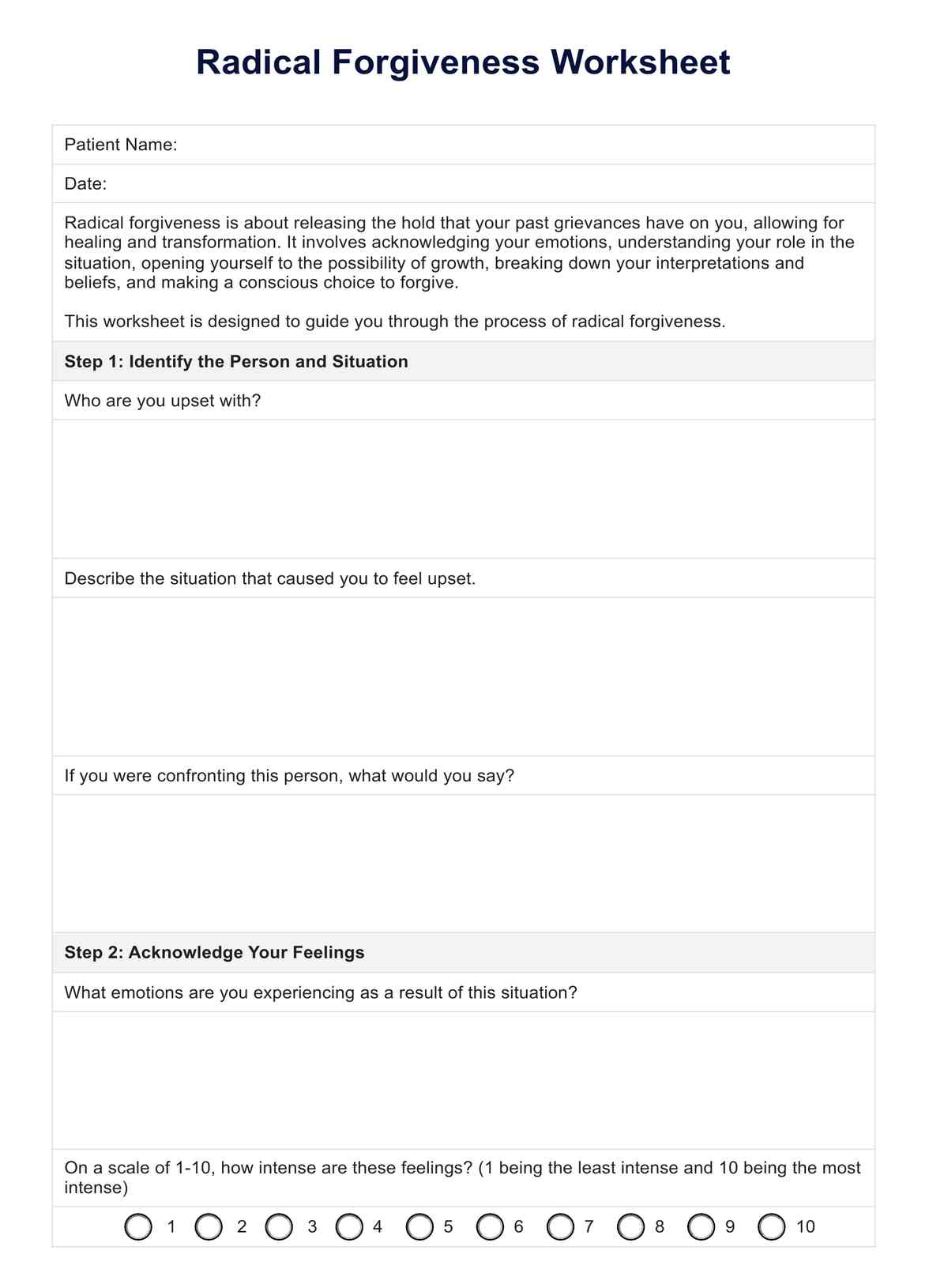
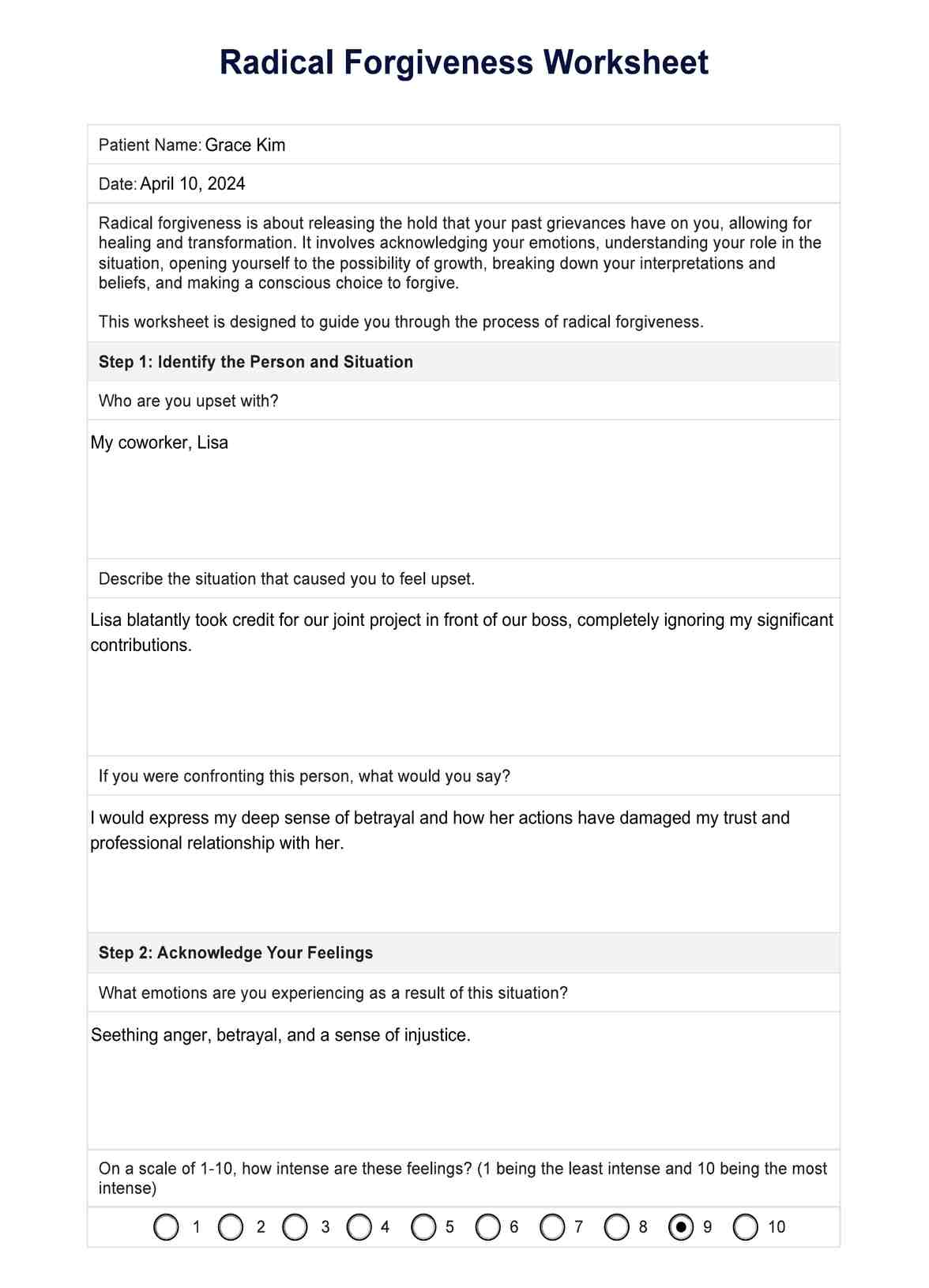



















-template.jpg)


